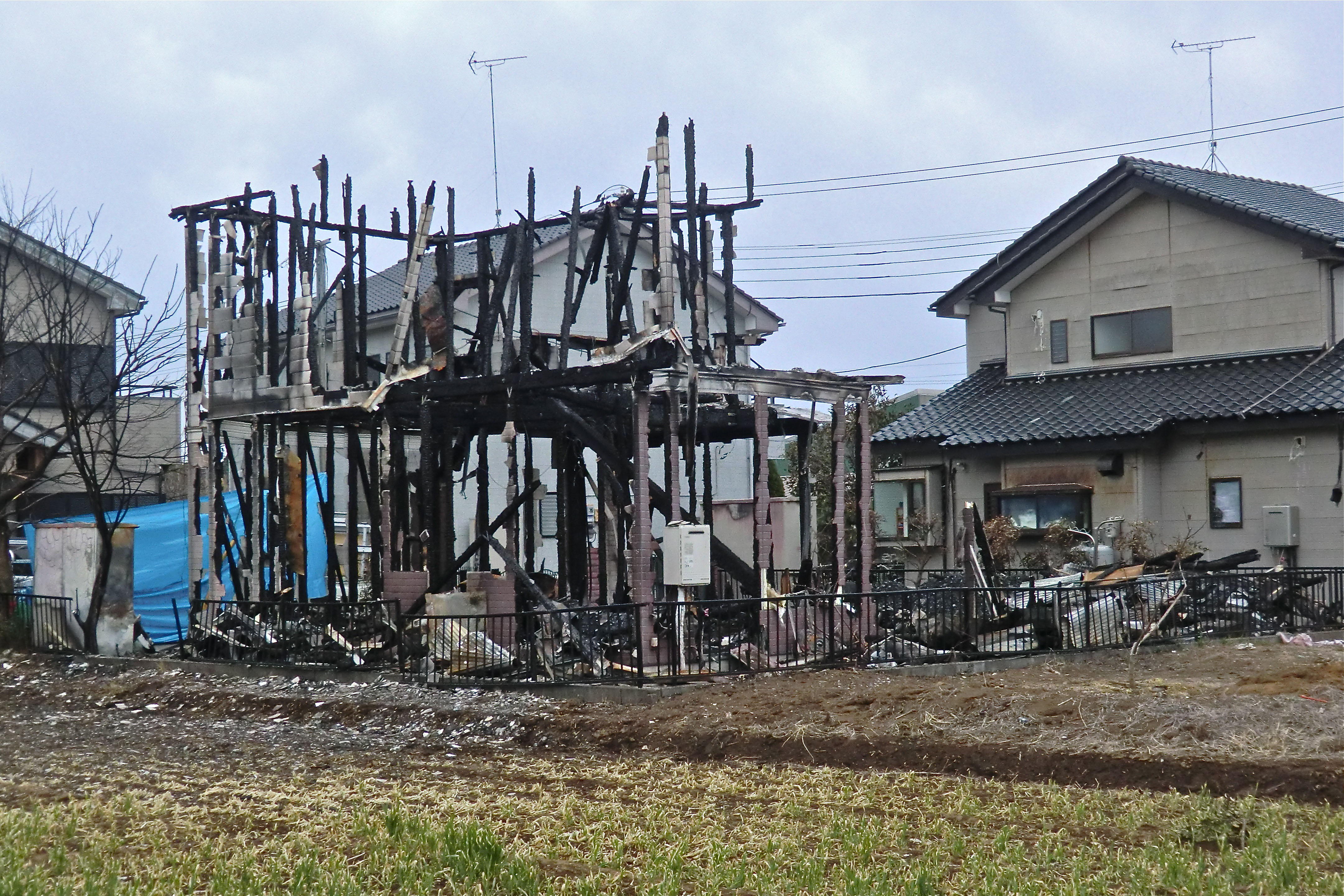On July 29, the Ministry of Internal Affairs and Communications released the results of its latest survey on Japanese housing, which it completed last fall and conducts every five years. The statistic that caught the media's attention was the one for akiya, or vacant homes. As of the end of October 2013, 13.5 percent of all housing units in Japan were empty, which is 0.4 percentage points higher than the portion in 2008, the last time the survey was carried out.
The rate itself is considered high, even if the increase over five years seems slight. The fact is, the overall housing stock has increased during those five years. In 2008 there were just over 7.5 million vacant homes in Japan. Now there are at least 8.2 million, which is a rise of 9.3 percent. The reason for the discrepancy is that so many new homes were built in the meantime while a larger percentage of existing homes went vacant or were abandoned. More importantly, few of these older, derelict homes were torn down.
Though the number of akiya has been growing for many years, the central government has done nothing about it. These new statistics, however, cannot be ignored. Vacant houses are fire traps and sanitation hazards. They also bring down surrounding property values — or, at least, they do in most developed countries. In Japan, vacant houses are usually found in neighborhoods containing homes that are just as old, and regardless of whether or not they are occupied, houses of a certain age have no market value in Japan, so nobody worries about that aspect of akiya.


















With your current subscription plan you can comment on stories. However, before writing your first comment, please create a display name in the Profile section of your subscriber account page.